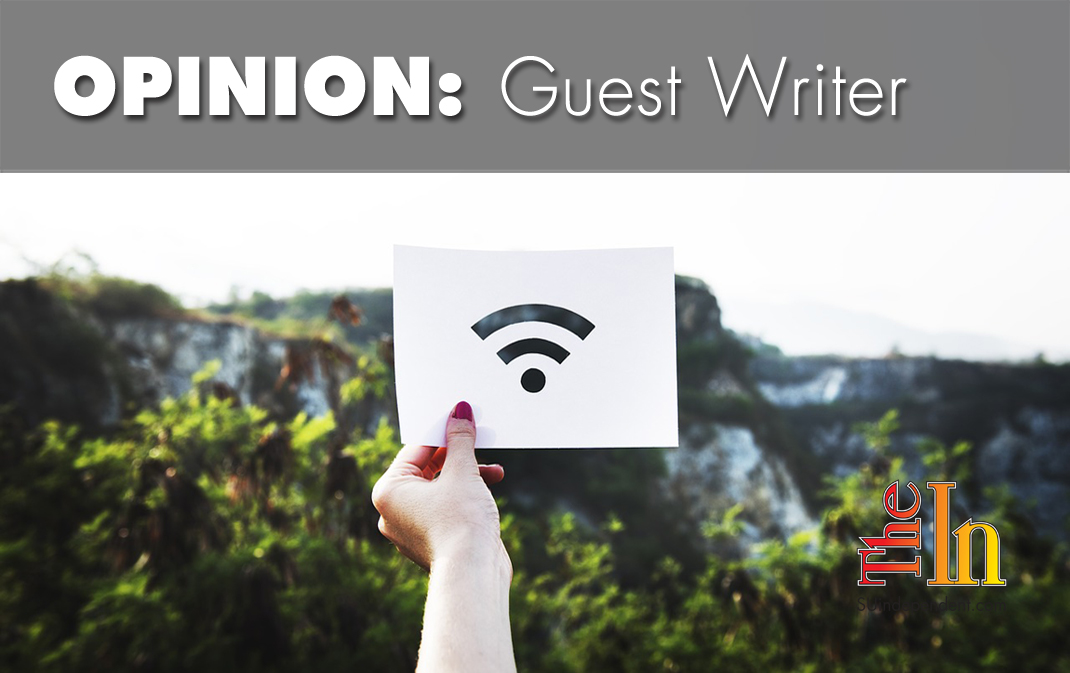
Trump’s FCC could make WiFi great again
By Phil Kerpen
Transportation Secretary Elaine Chao did the right thing when she put the brakes on the Obama administration’s regulatory mandate that would have forced an expensive technology called dedicated short-range communication, or DSRC, in all new cars and trucks sold in America. The Obama rule would have imposed total costs of $108 billion and raised the price of every new car about $300 for a technology that is already obsolete.
Now comes the related policy question of what to do with the big chunk of prime spectrum that would have been used for the Obama plan: Will it be opened up for unlicensed use, enabling gigabit WiFi to make the Internet work better on all of our devices? Or will it continue to sit fallow on the prospects of potential future automotive use?
The Department of Transportation has zealously guarded the 5.9-GHz band since it was set aside by the Federal Communications Commission in 1999. Twenty years later, DOT’s longtime preferred DSRC technology remains nearly undeployed. The technology is in just 18,000 of the estimated 270 million passenger vehicles in the country. And the Obama DOT’s own testing found that “every DSRC device deployed had to be recalled at least once … to identify and correct issues” and that “there were more false alerts generated by the systems than anticipated.”
Meanwhile, radar, lidar, camera-based, and cellular 4G technologies have been developed and enable a wide array of driver-assist features. As 5G is deployed, it will bring even greater capabilities.
Yet DOT and automakers insist on a slow, three-phase series of tests to see whether WiFi can share a spectrum with DSRC before making any changes.
The first phase was completed successfully in October, but as FCC Commissioner Michael O’Rielly observed, “The reality is that the entire debate has gravitated away from the type of sharing regime envisioned in the testing. Instead, the Commission should move past this and initiate a rulemaking to reallocate at least 45 megahertz of the band, which is completely unused today for automobile safety.”
He’s right, and it’s an issue with bipartisan agreement at the FCC.
Democratic Commissioner Jessica Rosenworcel joined O’Rielly in a 2016 joint statement, saying, “We believe this slice of spectrum provides the best near-term opportunity for promoting innovation and expanding current offerings, such as Wi-Fi. That’s because combining the airwaves in this band with those already available for unlicensed use nearby could mean increased capacity, reduced congestion, and higher speeds.”
The Trump DOT has stopped the Obama DSRC mandate but so far held on to the spectrum. They have also, however, signaled a welcome shift to a technology-neutral approach and are presently taking public comments on where vehicle communications technology is going.
Given the rapid development of mobile technology and the even greater capabilities coming with 5G, as well as sensor-based technologies being rapidly developed for driver-assist features and autonomous vehicles, it is possible that no dedicated spectrum will be needed.
Nonetheless, the FCC could potentially reserve a portion of the 5.9-GHz band in which automotive uses would be prioritized or possibly designate another suitable band of spectrum for automotive use to satisfy DOT concerns and fully close the book on the Obama’s administration’s misguided approach.
In the meantime, the country’s nearly insatiable demand for WiFi in our homes, offices, and just about everywhere else should be met by opening the best spectrum available rather than waiting because of a talking-car law passed 20 years ago for a technology that never really worked.
The viewpoints expressed above are those of the author and do not necessarily reflect those of The Independent.
How to submit an article, guest opinion piece, or letter to the editor to The Independent
Do you have something to say? Want your voice to be heard by thousands of readers? Send The Independent your letter to the editor or guest opinion piece. All submissions will be considered for publication by our editorial staff. If your letter or editorial is accepted, it will run on suindependent.com, and we’ll promote it through all of our social media channels. We may even decide to include it in our monthly print edition. Just follow our simple submission guidelines and make your voice heard:
—Submissions should be between 300 and 1,500 words.
—Submissions must be sent to editor@infowest.com as a .doc, .docx, .txt, or .rtf file.
—The subject line of the email containing your submission should read “Letter to the editor.”
—Attach your name to both the email and the document file (we don’t run anonymous letters).
—If you have a photo or image you’d like us to use and it’s in .jpg format, at least 1200 X 754 pixels large, and your intellectual property (you own the copyright), feel free to attach it as well, though we reserve the right to choose a different image.
—If you are on Twitter and would like a shout-out when your piece or letter is published, include that in your correspondence and we’ll give you a mention at the time of publication.



